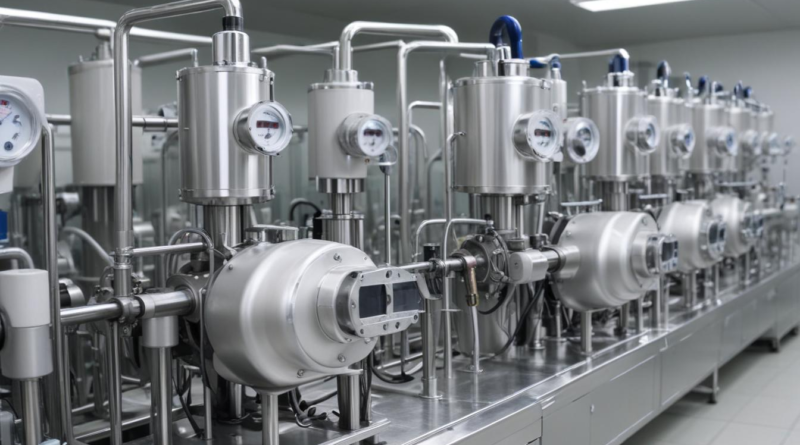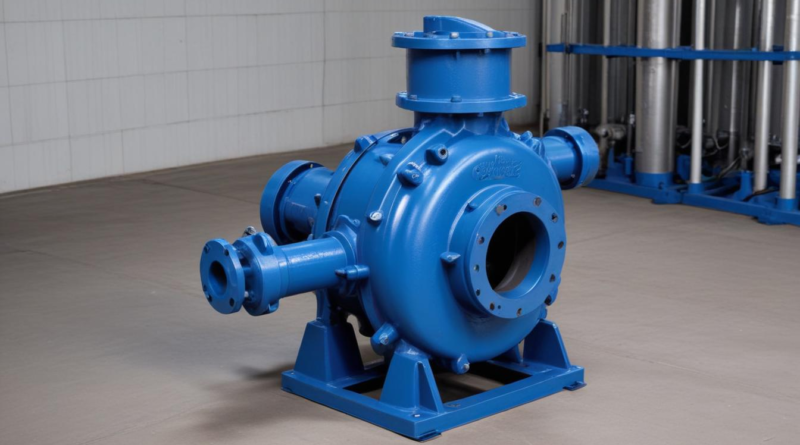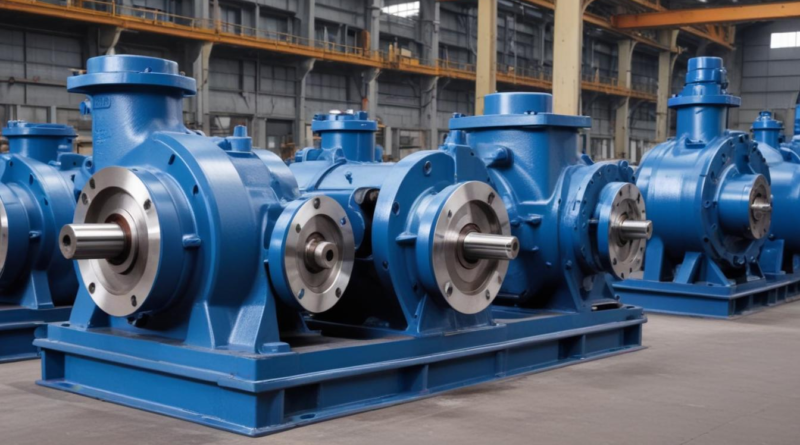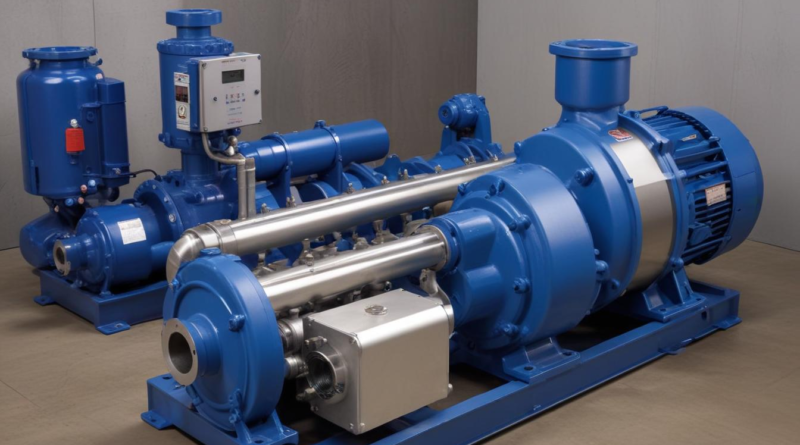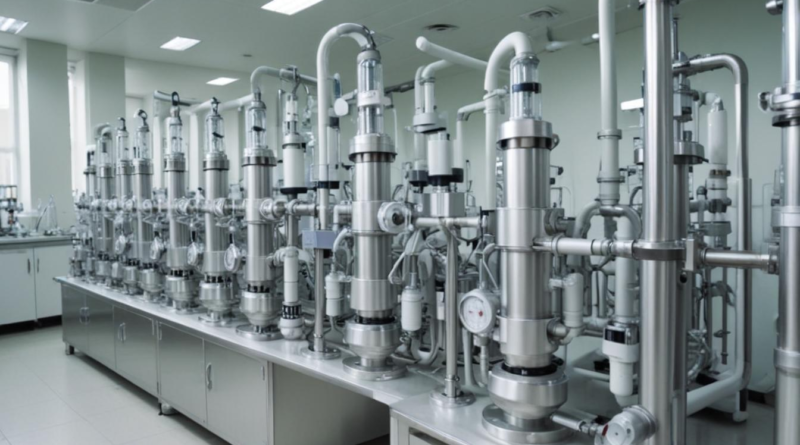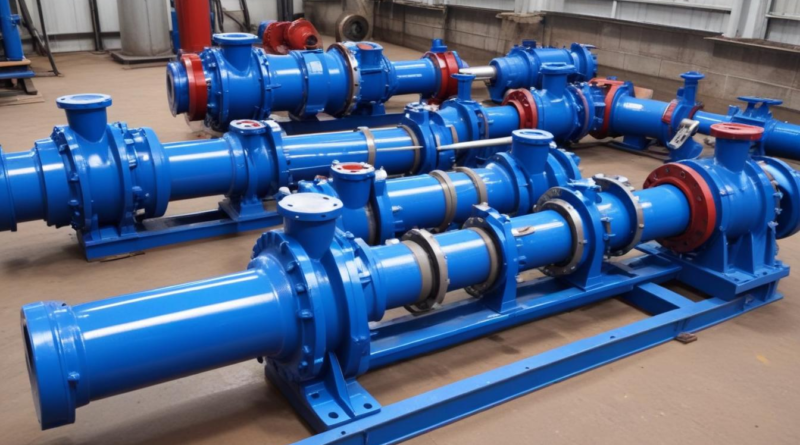pumps used in the cosmetic manufacturing
Effective cosmetic manufacturing hinges on precise pump selection. Peristaltic, gear, diaphragm, magnetic drive, and centrifugal pumps each offer unique benefits tailored to various production needs. From gentle ingredient handling and accurate dosing to high-flow packaging and hygienic operations, choosing the right pump enhances efficiency, ensures product quality, and supports regulatory compliance. Understanding these pump types is essential for optimizing manufacturing processes in the cosmetic industry.
Read More
